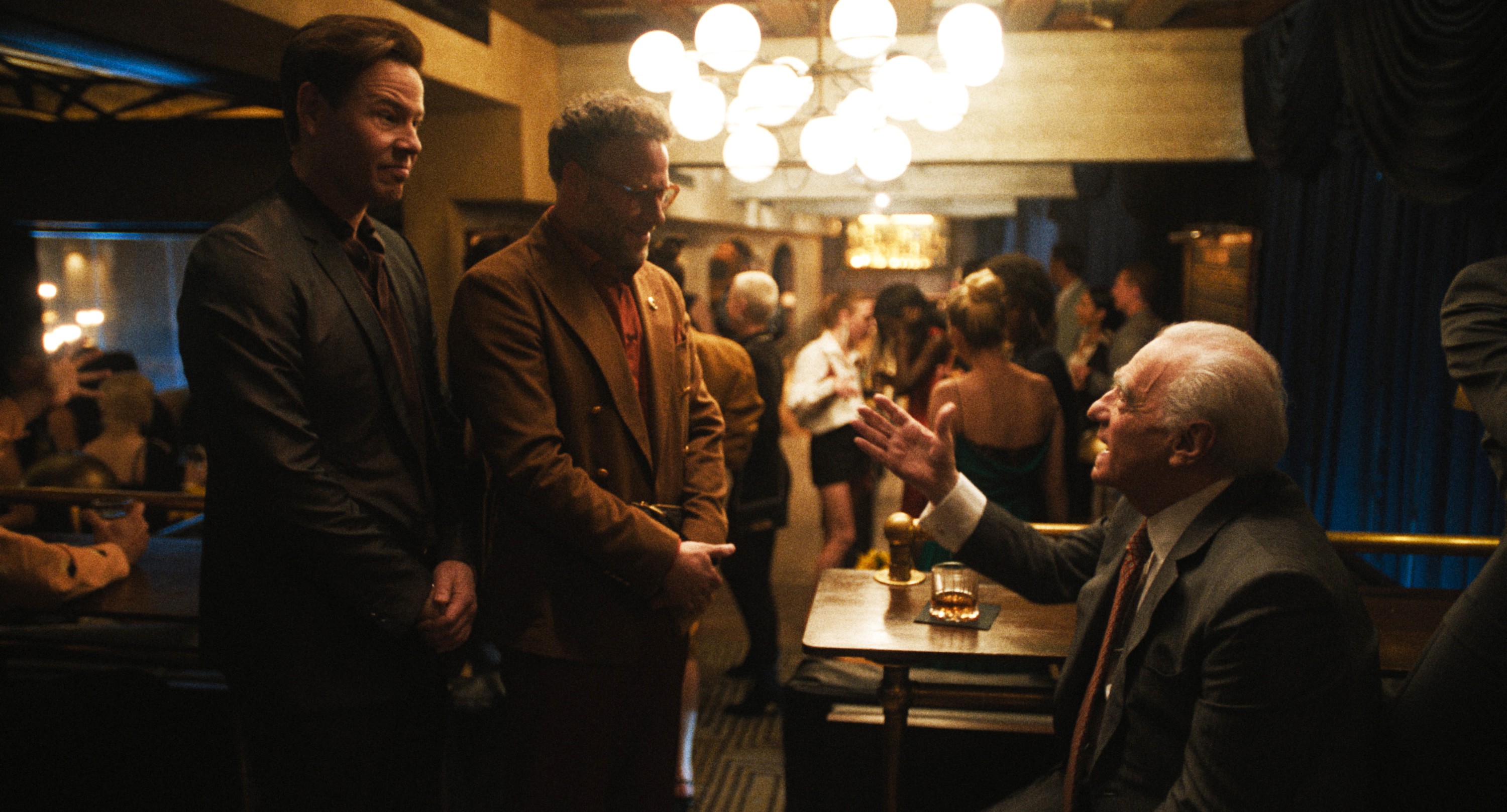Following Congress passing a rescission order to claw back $1.1 billion previously allocated to the Corporation for Public Broadcasting on July 18, the CPB has announced it is effectively shutting down. It’ll eliminate most of its jobs by the end of September, with a small transition team kept in place until the end of January 2026 to wrap up final operations.
Make no mistake, though: This is not the end for public media. It’s a grim moment, because it represents that PBS and NPR will go very underfunded in the time ahead, and viewers and listeners will notice differences in the programs and services available to them. But at the end of the day, the CPB was just the funding mechanism for PBS and NPR, the local stations that have been savvy at finding diversified revenue models over the years. There will be winners and losers with the CPB going away, and the effects of its dissolution will be unevenly applied, but this is not the end of an era. Even though it may seem like one, given that you’ve heard “and with support from the Corporation for Public Broadcasting” your whole life.
IndieWire spoke to two prominent media commentators, both of whom are part of organizations that have received funding from the CPB: Eric Deggans, NPR TV Critic, and Sitara Nieves, Vice President of Teaching and Organizational Strategy at journalism nonprofit the Poynter Institute. Poynter has received money from the CPB to work with local public television and radio stations around the country (about 100 stations over the past year) to advise them on how they can improve their digital strategies as well as spur audience and revenue growth.
Both of them underscore the seriousness of the moment but insist there is a path ahead.
What does the CPB actually fund?
For the national PBS organization that oversees a nationwide brand strategy for public television, only about 14% of its actual revenue comes from the CPB. Most of the CPB’s money goes to local PBS and NPR stations — for PBS, 172 such local stations exist, all independently owned and operated so as to have nonprofit status. Each station then pays a fee into the PBS national organization to have the rights to broadcast programs produced by other PBS stations. (NPR operates on a similar model.)
“Masterpiece,” formerly “Masterpiece Theater,” is a local production of the Boston station WGBH that’s then carried by all the other PBS stations that have paid the fee. Ken Burns is usually associated with Washington D.C.’s WETA. “Mr. Rogers’ Neighborhood” was always produced by Pittsburgh’s WQED.
“And now WQED just announced a layoff of 35% of its staff due to the cuts,” Deggans said. “These are all stations that were already operating on pretty tight budgets anyway. It wasn’t as if people were drowning in luxury in the public media system. We were already having to do a lot with a little. And now, even that little bit has been taken away by the federal government. And the unfortunate reality is that the smaller stations are the ones that are losing the bigger pieces of their budget.”
Deggans recommends that everyone who cares about these cuts visit AdoptAStation.org, which allows you to see how much of a station’s overall funding is being depleted by the rescission order. A lot of bigger cities’ stations are having around 10-15% of their overall funding go away with the collapse of the CPB, but stations that serve smaller, more remote, and rural communities will be affected the most. A number of NPR stations in rural Alaska are having more than 60% of their funding cut off because of the rescission order, with a couple locations losing 97% of their funding.
“We talk about news deserts, information deserts, often in rural parts of the country,” Nieves said. “There’s going to be some real loss. I do think the CPB’s closure is a big blow to the local and independent journalism that’s been the kind of lifeblood and promise of public media since the creation of the system almost 60 years ago. It’s also going to be that more local stations will find it difficult to buy the rights to air others’ public media programming on their stations, for broadcast, and to stream on digital apps and their websites. This will almost certainly have an effect on what viewers end up seeing.”
Documentarians Will Be Hit the Hardest
One of the things the CPB helped fund is ITVS, a non-profit that commissions the kind of challenging, issue-oriented documentaries that wouldn’t find a home in theaters or on streaming services. ITVS distributed $9 million in funding from the CPB annually to filmmakers, as its president Carrie Lozano wrote in The Hollywood Reporter yesterday. “The Mole Agent,” “Minding the Gap,” “I Am Not Your Negro” are all docs that received this funding. ITVS also produces the series “Independent Lens” on PBS.
“What I’m expecting to see is documentary filmmakers, particularly those who are making films about contentious subjects or subjects that might seem to have limited appeal, they’re going to have a much harder time getting those films made,” Deggans said. “Right now if you’re pitching a documentary that isn’t about celebrity, true crime, or sports, it’s much harder to get a sale.”
“I think on the local level, local public television stations have always produced their own films, and often commission their own documentaries that are relevant to their local audience,” Nieves said. “It’s very likely those will be affected.”
It’s Not Like Stations Can Replace Public Funding with Commercial Funding
For one, they would lose their nonprofit status if they did that. Some corporate sponsors, including American Airlines, are listed as presenting some shows on PBS. “But PBS has very strict guidelines on the kind of underwriting they can take,” Nieves said. “It’s publicly available on their website, they do have very strict guidelines on the impact that sponsors can have on programs that are different from the commercial space. So you’ll never see Ken Burns holding a Coca-Cola, for example.”
And That May Actually Ensure Public Media’s Survival
PBS and NPR stations have to be independently owned and operated. “That means they’re not going to get bought up by venture capitalist firms and get kind of chewed up and spit out in the way that we’ve seen happen to local newspapers,” Nieves said. “The CPB closing isn’t the end of an era for public media, but that was an end of an era for local newspapers for sure. End of big eras all around.”
“Public media outlets have always tried to be very judicious about their economics and try to position themselves so that they don’t rely so much on federal funding or funding from legislators,” said Deggans. Their operating margins are slim. But donors are a huge part of the funding model for stations, especially larger ones that serve larger cities.
That said, to be truly public media, and not just kept afloat by a donor class, government funding is important.
“Funding from the federal government helps reinforce the idea that this is media for all and that we really do have to try our hardest to reflect the entire nation in what we do, not just reflect the people who are most likely to donate,” Deggans said. “That’s what the money from government sources helps reinforce. That our constituency is everybody. Even if they don’t donate, they do kind of donate through their taxes. And so we’re trying to represent everyone, we’re trying to cover everyone. We’re trying to do a great job of reflecting the nation back to itself.”
There Is Cause for Hope
“It’s awfully hard to restore something that’s been taken away by the federal government,” Deggans said. “But I think those of us who work in public media hope that once people realize how many things that they love in media come from public media and are things they’re going to lose, then maybe there’ll be some public pressure to at least get the federal government involved in funding public media again on some level.”
“I’ve been talking to a lot of the general managers and station staff, and there’s a real commitment and kind of almost fierce focus on making sure that they’re still able to deliver on the promise of public media with or without CPB,” Nieves said. “I do think that there’s a lot of conversation happening around how to continue to serve local communities and keep going. And I think they will keep going. I think there’s a real spirit of survival, and I’m actually really encouraged and feel hopeful about how I’m hearing stations talk about what’s ahead.”



